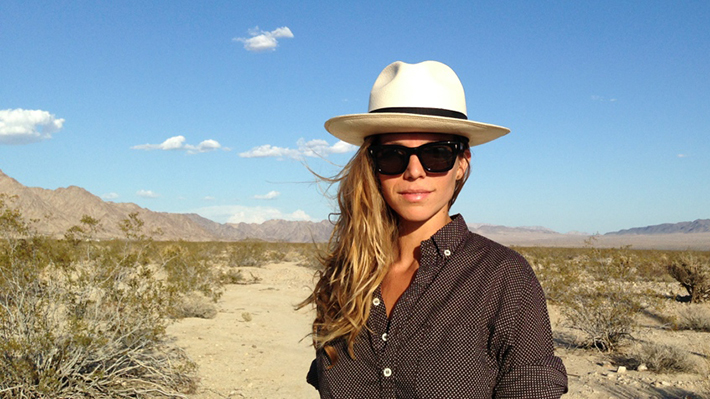
Desert Wonder: Business Inspiration in an Unlikely Place
Business Inspiration in an Unlikely Place
Even in the hot desert sun, Alison (Altomari) Carroll is the epitome of cool – relaxed and confident without an air of cockiness or a single drop of sweat.
“It takes a certain type of person to live in the desert,” she says, as she seems to fit seamlessly with the California desert surroundings she now calls home.
It should be of no surprise then that she and her photographer husband Jay Carroll chose Wonder Valley, the Mojave desert area about 30 miles east of their home in Joshua Tree, Calif., as the inspiration for their business, a lifestyle brand comprised of health and home goods.
“Wonder Valley is a real place in the desert. Our brand is based not so much on that place but what that place represents. It’s kind of a blank canvas. It’s open landscapes. It does something mentally being out there. It opens you up in ways. It’s a place where a lot of different ideas meet and become something new.”
For the Carrolls, the blank canvas of the desert inspires new ideas and projects and drives the expansion of their business.
“Wonder Valley is a real place in the desert. Our brand is based not so much on that place but what that place represents.”
Hailing from Princeton, N.J., Alison’s journey to the desert began at Drexel LeBow where she majored in marketing. She credits her father, Al Altomari ‘82, LeBow grad and member of the Dean’s Advisory Board, with making her, and many of her friends, want to go to Drexel.
“When I think about my time at Drexel, it’s not so much about what I learned in the classroom,” she says. “I think about the confidence it gave me early on to not wait to have the skillsets you need for a job but just start doing, and you’ll learn along the way.
“Drexel put a lot of value on the experience. It also taught me early on how important mentors are.”
In her final year at Drexel, after completing two co-ops with Tierney Communications and one with a pharmaceutical public relations company in New York, she found the opportunity to use her electives to explore new areas.
“I got really interested in food and cooking during my fifth year.”
She began taking courses in the culinary arts program, then part of the Goodwin College of Professional Studies, and started a blog called à la Alison, to document her adventures with food. She also credits her roommate with broadening her experience of the Philadelphia food scene. They began taking catering jobs and created jams for various pop-up shops. After graduation in 2010, she continued focusing on food part-time while she worked full-time in advertising.
“At some point I felt like I needed to do something different. I told myself, food is where a passion is building, so I need to figure it out.”
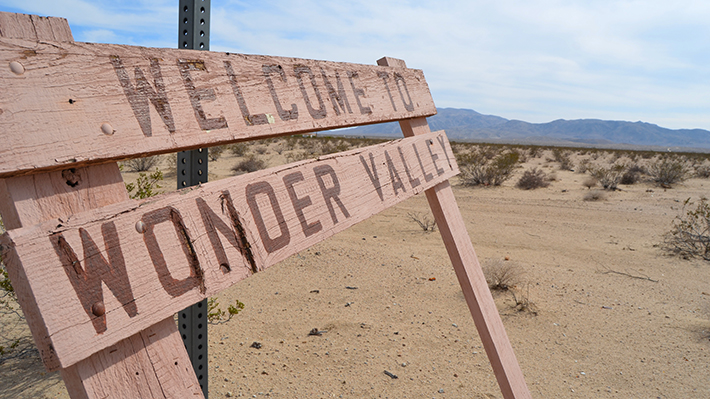
Two years post-graduation, she secured a four-month stage (unpaid culinary internship) in Barcelona at a restaurant owned by the CEO of a major pharmaceutical company.
“Everything was top-notch. I’ve never worked in a restaurant with that kind of freedom to order what they wanted and source produce how they wanted. It was really exciting but incredibly exhausting, challenging and unfamiliar.”
Despite not speaking any Spanish and being the only woman in the kitchen, it was the experience at wine-centric MonVínic that piqued her interest in where products were sourced. The restaurant worked with 42 local food purveyors on a weekly basis, ranging from produce to seafood. Alison was immediately drawn to the purchasing side of the operation.
Alison admits the day-to-day rigors of the kitchen were not the best fit for her long term, but an interest in agriculture and buying was born. She looked forward to moving back to the United States, having visited and fallen in love with her now husband, and California, just a week before leaving for Barcelona. An extended pen pal friendship stemming from their respective blogs and her curiosity in photography had initially connected them online.
“It gave me something really exciting to come back to.”
After she completed her stage, she packed up and moved to San Francisco. Her first opportunity in California came through partnering with In a Jam, a jam maker in East Bay and Oakland.
“It was exciting to see a woman owning her own business and the things she did to make it a reality. She was a great mentor to me,” she says. “It was really rewarding, but it wasn’t something that could sustain me.”
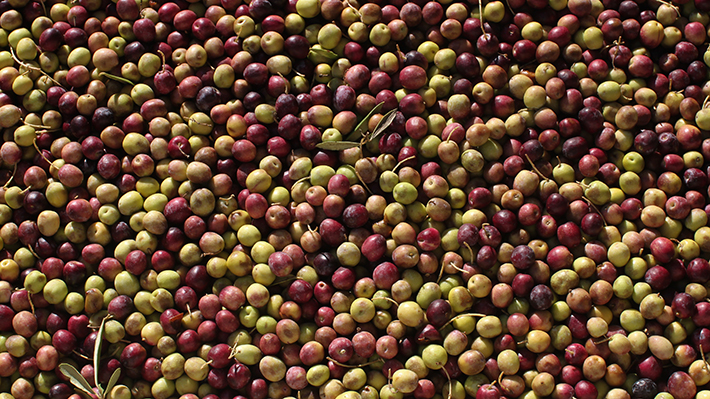
Her focus came back to working with agriculture. This is where she began her journey into the world of olive oil. She secured a marketing position with the California Olive Oil Council, a 20-year-old non-profit based in Berkeley, Calif., responsible for the certification of California olive oils as extra virgin grade.
In her role, she led a team of 20 professional tasters who met weekly to certify olive oil. It was the first panel of its kind in North America.
“Olive oil as a term means ‘free of defects.’ There are 11 defects that can be identified with an olive oil from the time it is fruit on a tree to oil in a bottle. So when tasting olive oil, unlike tasting wine, it’s about identifying if there is anything wrong with it. The process is like being a detective.”
Olive oil production has a very long history and extensive tradition in other parts of the world. However in California, the industry traditionally focused mostly on canned black mission olives. In Napa Valley in the early ’90s, vintners began experimenting with the olive trees on their properties and began making olive oil.
At the time, regulation and standards in the olive oil industry internationally were becoming lax. The industry saw much adulteration and fraud so the California Olive Oil Council was formed to regulate the products developing in California and keep their work pure.
“When you’re trained, you can smell a certain defect and then be able to trouble shoot for the farmer. You can say, your equipment is dirty or you didn’t press it quickly enough because that is what that tastes and smells like.”
During her two years in the role, she worked not just in marketing the council but also with policy and regulation changes and industry advocacy. She was the youngest member of the council by about 20 years, but it gave her the opportunity to cultivate relationships with tasters, growers and millers who would become her mentors and future business partners.
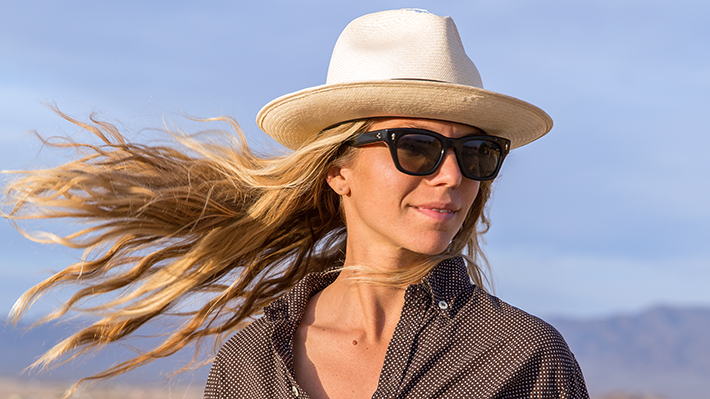
It was in Los Angeles, where they moved when Jay secured a new job, that he encouraged her to explore the opportunity of making her own olive oil.
Wonder Valley olive oil was first released in November 2014. The initial pressing of 600 bottles sold out in under a month. For the second pressing, they tripled production for the November 2015 release.
“We started selling in February, and we are already down to a fraction of the product. It sells too quickly, which is a good problem.”
Her olive oil is certified 100 percent extra virgin crafted from a proprietary blend of Taggiasca, Arbequina and rare Ascolano olives hand-picked at the perfect level of maturity to create the light, balanced and buttery flavor of Wonder Valley.
The olives are cultivated in a diverse growing region in northern California’s Tehama County, while most California olives are grown in the Fresno area. Alison chose the Tehama region because of the unique olives available there.
“Tehama has a really unique pocket of really old trees and interesting varietals of olives that don’t grow in other parts of the state.”
She works with one of the top millers in the state, a mentor she met during her time working with the California Olive Oil Council. According to Alison, 400 people in California are currently making olive oil, but there are only 40 mills.
“The mill is where a lot of things can go wrong. They control the quality and what makes a good product.”
Alison and Wonder Valley are at the center of an exciting time for the developing California olive oil industry.
“It’s kind of how the wine industry was in the ’70s. People have this preconceived notion that European is better. They think Italian and Spanish olive oils are just what you buy. California, since the beginning of producing olive oil 20-some years ago, has been doing it the long and hard way – the right way.”
Alison notes that many people have grown used to cheaper blended olive oils and are surprised by the flavor of top-quality olive oil.
“Like a lot of things, once you taste a really good olive oil, you can’t really go back.”
Unfortunately, most California olive oil is only available locally at farmers markets and is not accessible to of the rest of the country. One of Alison’s goals with Wonder Valley is to bring good olive oil to a newer, younger audience.
This was the reasoning behind the unique design of the Wonder Valley bottle. Alison wanted it to be beautiful and eye-catching but also functional in protecting the oil from its biggest enemies – light, heat and time. They didn’t want to use the industry standard green glass bottle but were challenged as a small producer to find a company that would custom tint glass for them in the shape they envisioned. Eventually they found a producer to make a black matte glass that they could combine with the other natural materials in their packaging.
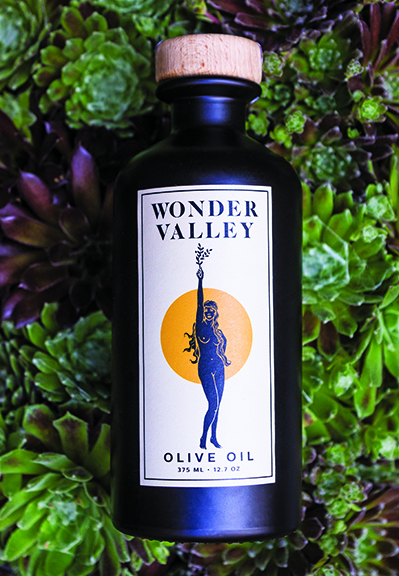
“We wanted everything to not be plastic. It’s real paper, real cork, real wood and real glass. It’s all really beautiful,” she says. “We wanted it to be very California and new.”
The most notable design element is the Wonder Valley siren on the label, which was created by an artist based in Austin, Texas.
Because of its beautiful packaging design, a number of design stores and even a Los Angeles museum gift shop carry Wonder Valley olive oil. It’s also available via the Wonder Valley Olive Oil website.
In November Jay and Alison bought a 1950s homestead cabin and 1952 Vagabond trailer and moved full-time to Joshua Tree, with their German shepherd, Lefty.
The pair stays busy balancing their home rehab projects and road trips with creative and consulting projects, including buying for hotels and contributing to travel guides and magazines like Bon Appétit (May 2016 issue). They are starting a production company to support the increased interest in editorial photo shoots in desert locations and have a big, new project on the horizon that will “bring all their passions and skill sets together.”
Of course, while busy they remain focused on expanding the Wonder Valley brand.
Taking inspiration from the growing artist population in their new desert home, they are expanding the business from just olive oil into home goods with plans to sell furniture, linens and textiles as well as health and pantry products from artists around the world. Some items will be developed collaboratively with friends.
“It’s all about creating an experience in the world.”

